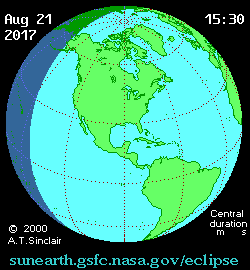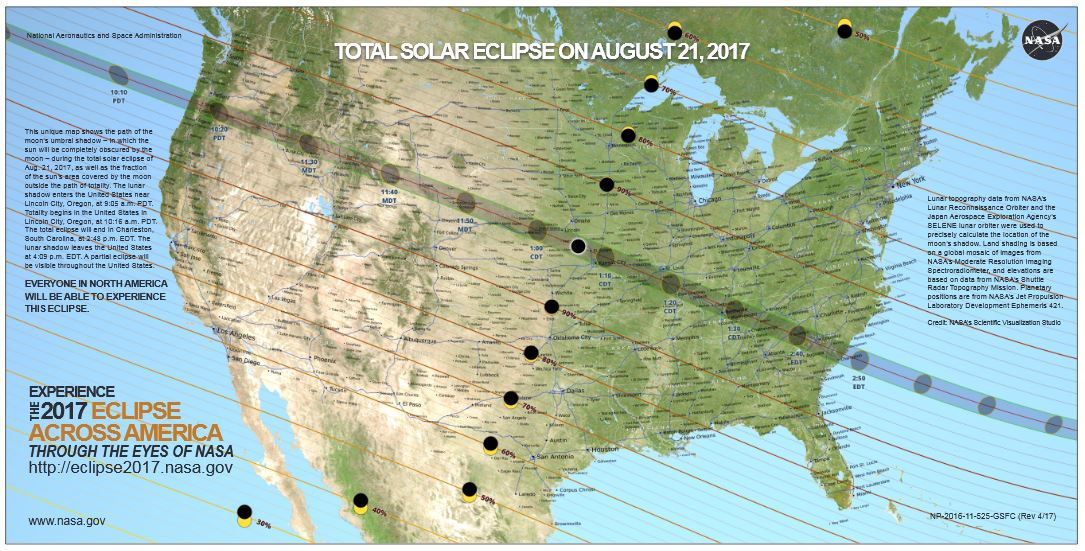Math and Science Learning Make Easy with Angry Birds Games!
Last summer, we announced our exciting partnership with Rovio Entertainment to feature the beloved Angry Birds characters in our Learning Universe. This collaboration was facilitated by our licensing representative, Maximum Orbit.
Today we’re thrilled to introduce the second batch of games addressing three different topics:
- Angry Birds: Kinetic Power for Grades 6-8 over Kinetic Energy
- Angry Birds: Space Tactics for Grades 3-5 over Linear Geometry
- Angry Birds: Solar Smash! for Grades 3-5 over Earth and the Solar System
- Angry Birds: Return Home for Grades 3-8 over Solar System and Gravitational Force
Read more below for an overview of these games and the adventures your students will experience!
Joining Forces to Create Impactful Learning Experiences
Three new Angry Birds titles are here to fling students into amazing educational experiences!
The fun, physics-based gameplay, and unforgettable characters make learning about forces, gravity, and projectiles a breeze. Students might not even realize they’re absorbing knowledge while launching birds!
Remember our partnership with Rovio announced a year ago? Well, we’re clucking excitedly to unveil four more educational Angry Birds games, ready to supercharge your classroom! Dive in below to meet the feathered scholars!
Angry Birds: Kinetic Power

Game Description:
Play with our Angry Birds friend in this fun game and learn how they use Kinetic Energy knowledge to defeat the piggies!
Learn how energy moves among the different systems and how to exploit it.
Academically, students will learn concepts in Kinetic Energy with an Angry Birds gameplay experience which your students will love.
Physics-Based Puzzles: In the classic Angry Birds style, Kinetic Power will help students understand the relationship between mass, velocity, and kinetic energy. The game helps illustrate how a bird’s speed and mass affect the amount of kinetic energy it has.
Practical Application: Players can see how kinetic energy is converted into other forms of energy upon impact, such as when a bird collides with a structure and causes it to collapse. This visual representation helps solidify the concept of energy transfer.
Learning Through Play: Our mission. Kinetic Power is designed to be fun and engaging, with colorful graphics, humorous characters, and a variety of levels that keep players entertained.
With your students on our side, the Angry Birds crew will defeat the evil pigs. Plan, aim, and shoot the Angry Birds to trigger the fun in the classroom!
Reviews

Angry Birds: Space Tactics

Game description:
Join the Angry Birds on a space adventure! Angry Birds: Space Tactics, makes learning geometry fun!
In this cosmic journey, players use strategic bird launches to defeat pigs while picking up basic geometric concepts like points, rays, lines, and angles.
In the same way as before, students will learn concepts about Linear Geometry in a fun and engaging way with the Angry Birds crew!
Engaging Gameplay: The game introduces players to fundamental geometry concepts such as points, lines, line segments, rays, and angles.
Problem Solving: Players are challenged to use their understanding of linear geometry to solve problems. They will need to calculate the correct angle of launch or the exact point of intersection to complete a level.
Students will find a lot of humor and relatability in Space Tactics, making the learning process extra enjoyable.
Get ready to travel across the universe and dive into the world of Linear Geometry with the Angry Birds crew!
Reviews
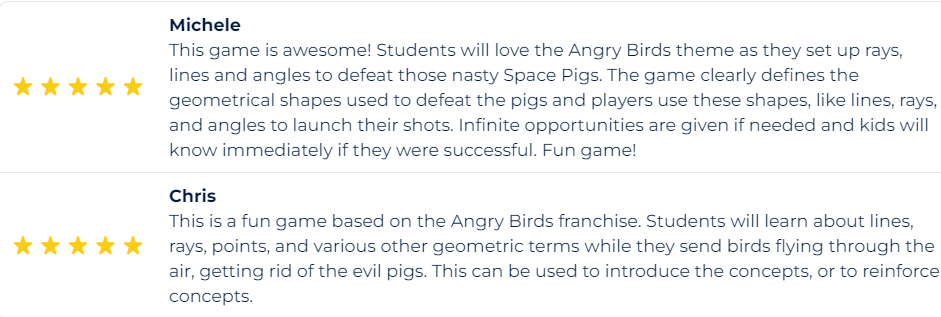
Angry Birds: Solar Smash!
Game Description:
Help the Angry Birds rid their planetarium of the Pigs by fixing models of the Earth, Moon, and night sky.
Along the way, learn about how the movements of the Sun, Moon, and Earth work to create complex patterns that we experience every day!
Solar Smash brings to the table a full hands-on experience for our students:
Planetary Features: Players discover various features of the Earth, stars, and moon such as rotation angles, rotation time, constellations, and more! This knowledge is integrated into gameplay, as players must navigate these features to complete levels.
Engaging Gameplay: Students will interact with space environments, launching birds to complete missions that involve defeating the piggies and saving the day.
Each level in Solar Smash presents unique challenges that require players to think critically and use their knowledge of Earth and the Solar System to succeed. This keeps the game interesting and intellectually stimulating.
Reviews

Angry Birds Return Home
Game Description:
Help Ice Bird on his mission to return to his home planet Pluto. To accomplish that, defeat the space pigs belonging to other planets.
Join Red on this awesome trip and help your students learn about the solar system and the concept of gravity.
Return Home brings fun to our elementary and middle schoolers in a way you’ll only find in Legends of Learning!
Understanding Gravity: The game introduces the concept of gravity, explaining it as the force that attracts objects towards one another, particularly towards the center of the Earth or other celestial bodies.
Creative Challenges: Levels include creative puzzles that require players to use their understanding of gravitational force and the unique Angry Birds’ skills.
Return Home illustrates how Gravitational Force varies for different planets and celestial bodies, helping players understand its concept through their challenging and engaging levels.
Reviews

Other titles from the Rovio & Legends of Learning Collection
Angry Birds Eggstraction
In this Angry Birds adventure, players delve into the world of forces and collisions. They’ll strategically guide Red the Bird using the Sproing-O-Matic, a device that controls his launch angle, direction, and force.
Analyzing each level is crucial as players aim to reclaim stolen eggs from the villainous pigs. By carefully adjusting these elements, players must ensure Red avoids obstacles and reaches his target without getting stuck or falling.
This physics-based gameplay serves as a fun and engaging way to learn key scientific concepts.
Angry Birds and the Multiplication Portal
In this game, a new twist is thrown into the classic battle between birds and pigs. This time, the pigs have constructed barriers to protect their ill-gotten gains: the birds’ eggs!
Players strategize by launching the birds through special “multiplication portals” that alter their properties. Solving multiplication problems becomes the key to taking down the pigs’ defenses and reclaiming the eggs.
This innovative approach transforms multiplication practice into an engaging and rewarding adventure.
Stay tuned for more Angry Birds games coming to Legends of Learning in topics such as Gravitational Force, the Coordinate Plane, Arithmetic with Decimals, and more! We’ll see you soon in the Learning Universe with Kinetic Power, Space Tactics, and Solar Smash in your queue!
Are you new to Legends of Learning and want to try out these games? Sign Up Now!
Teacher Reviews: Don’t forget that you earn Rewards Points for every game review you write! So be sure to leave your feedback. By doing so, you are helping other teachers pick the right games and students get the best content available. Talk about saving the day!




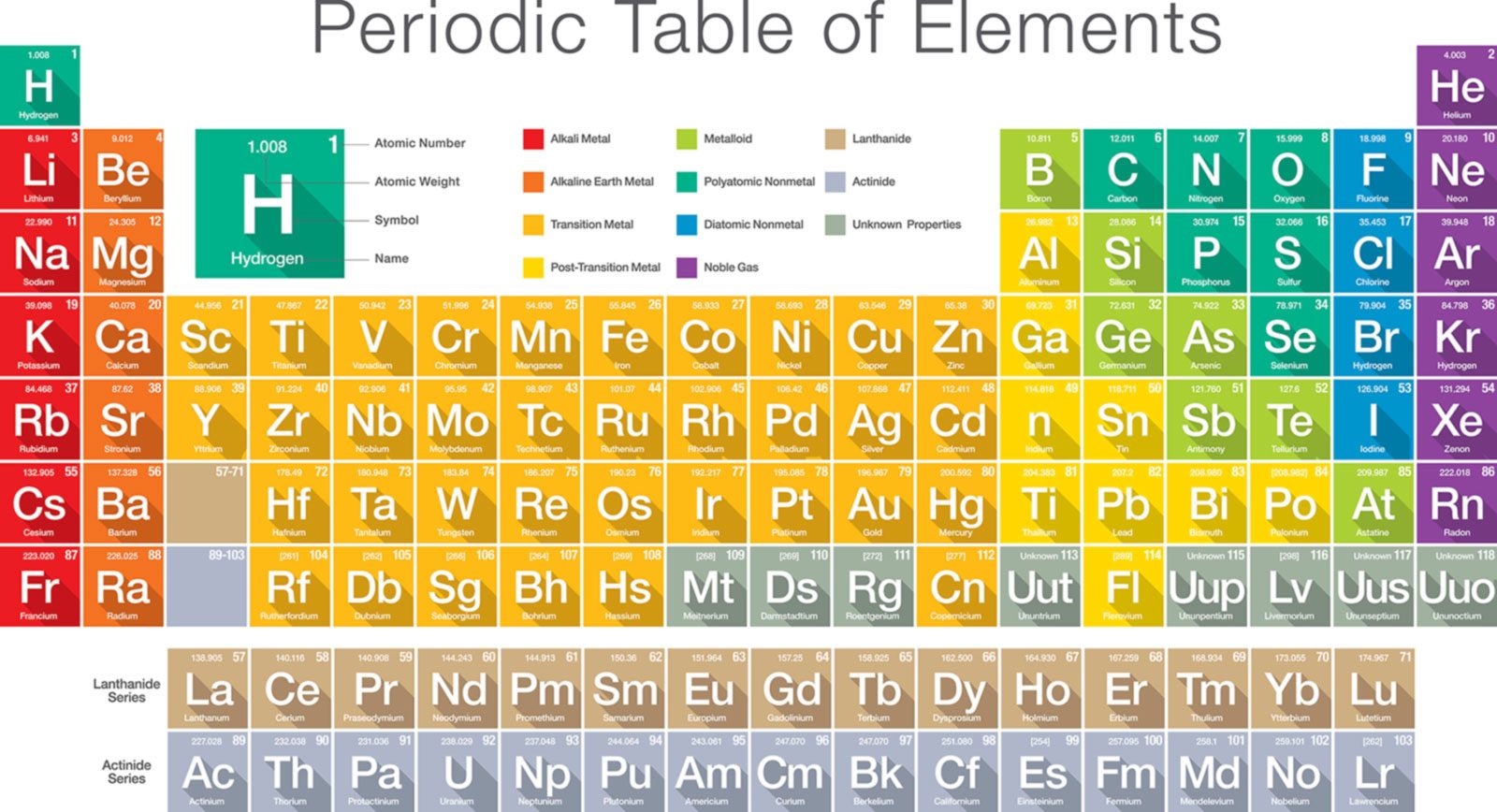

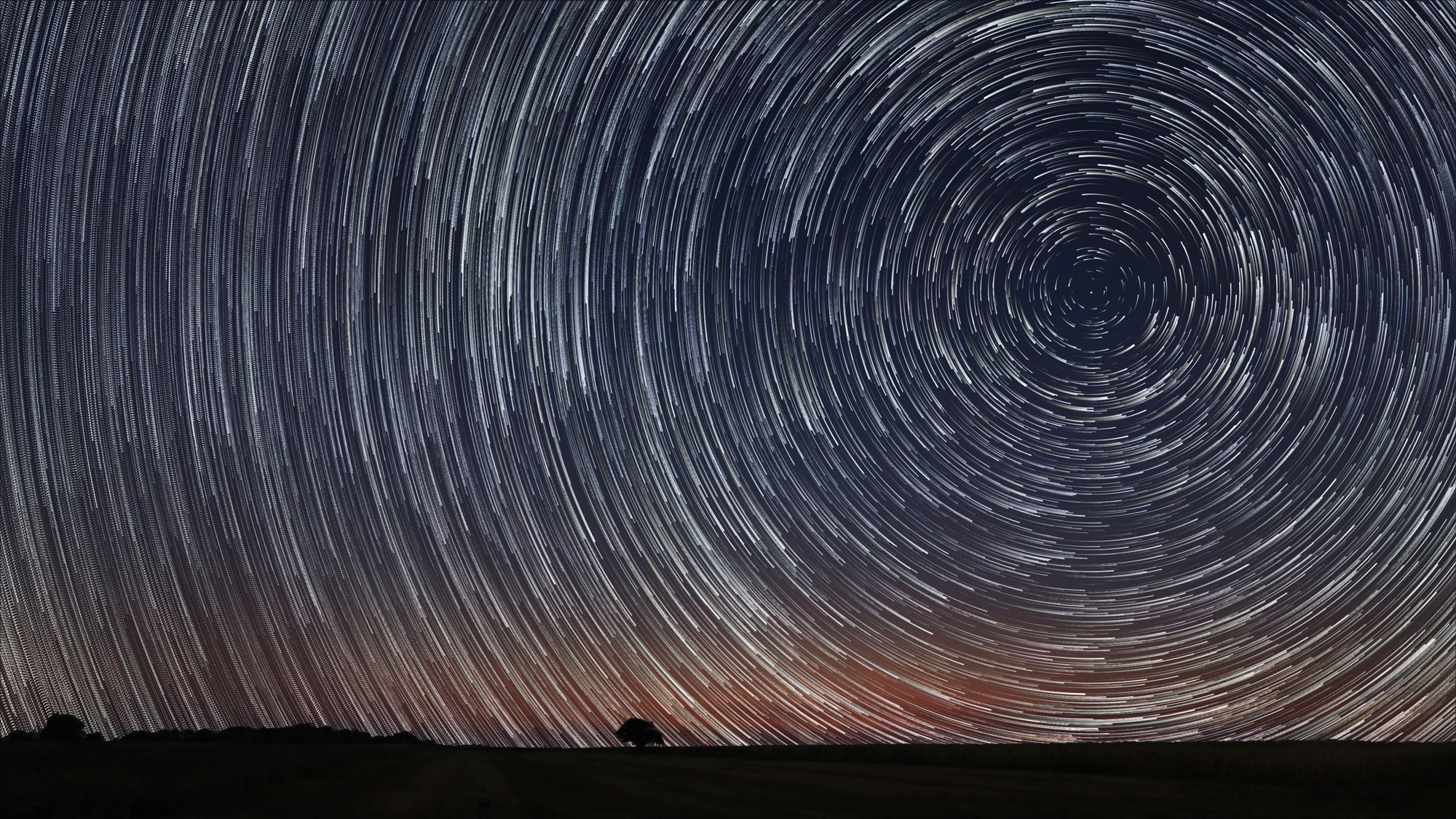






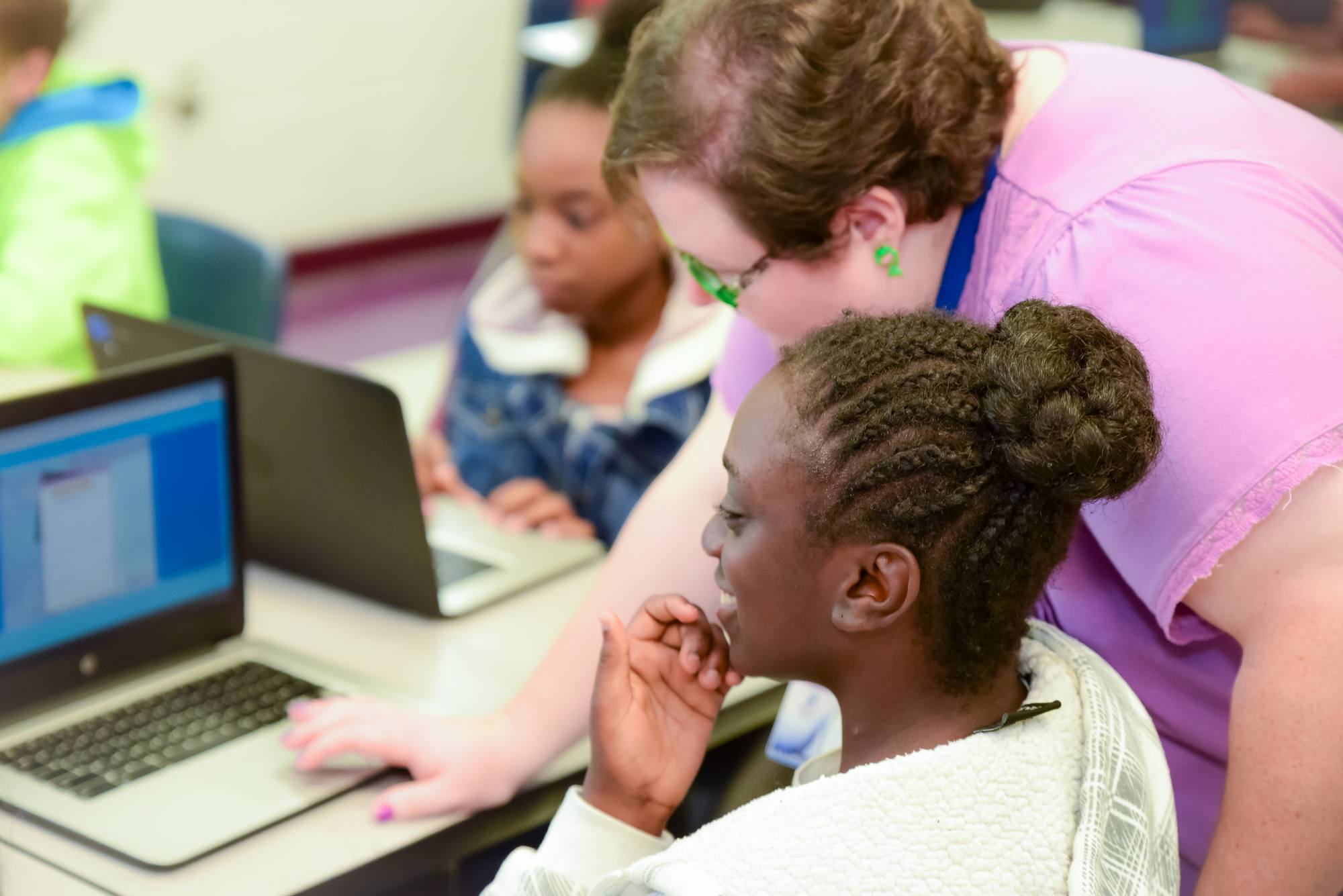
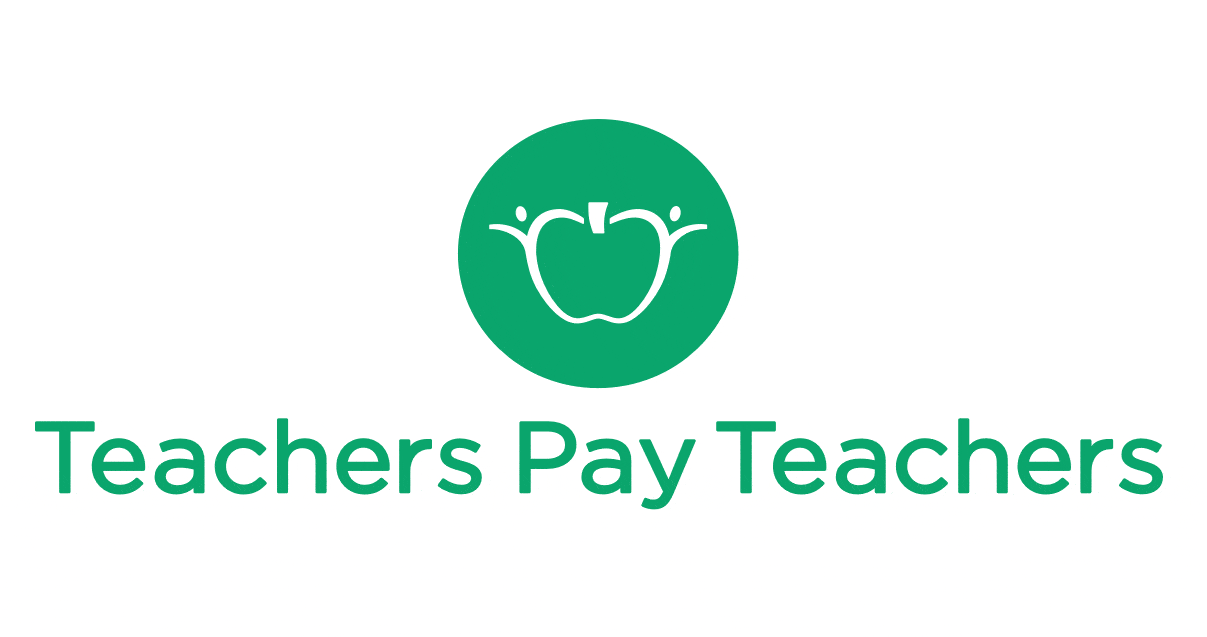
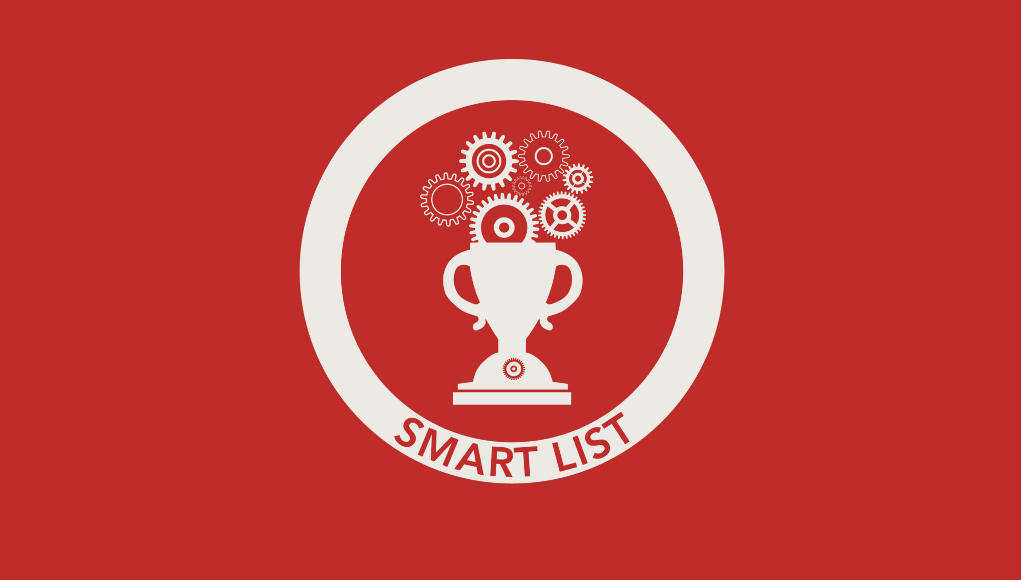

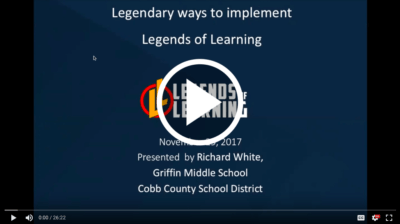
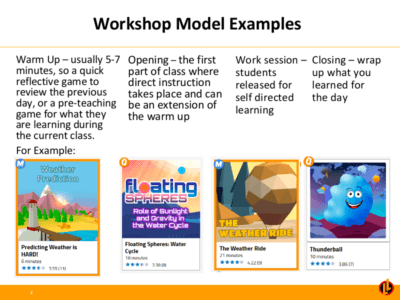
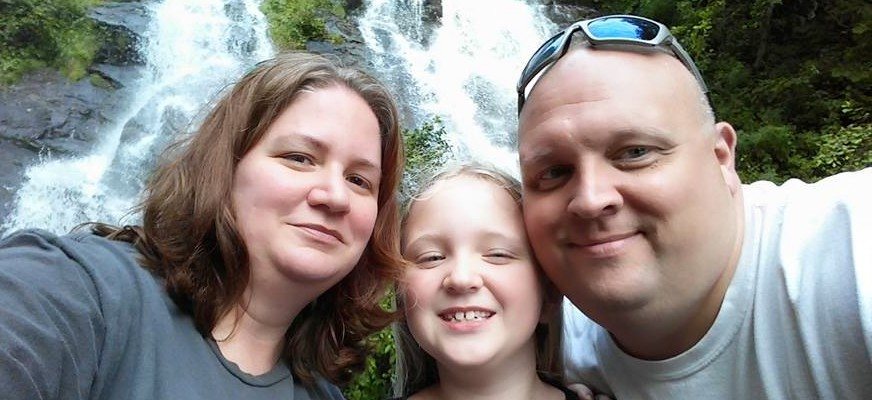
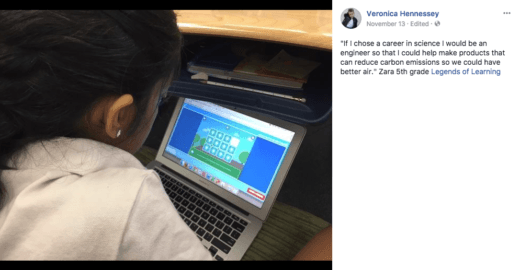
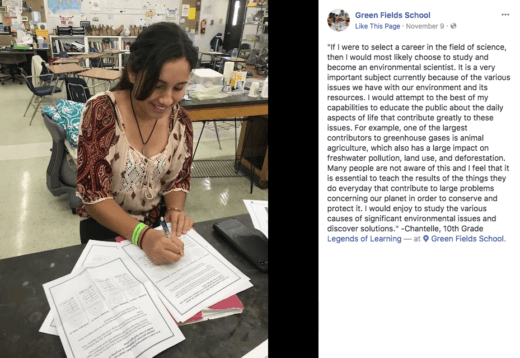
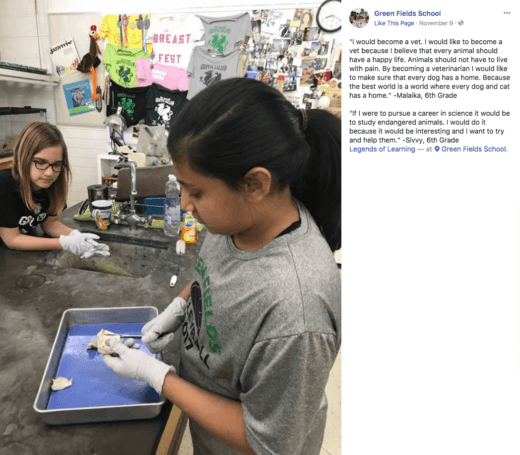
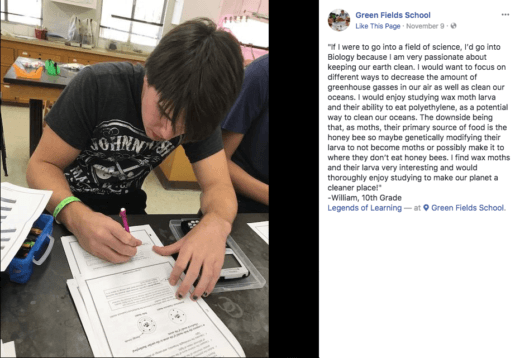
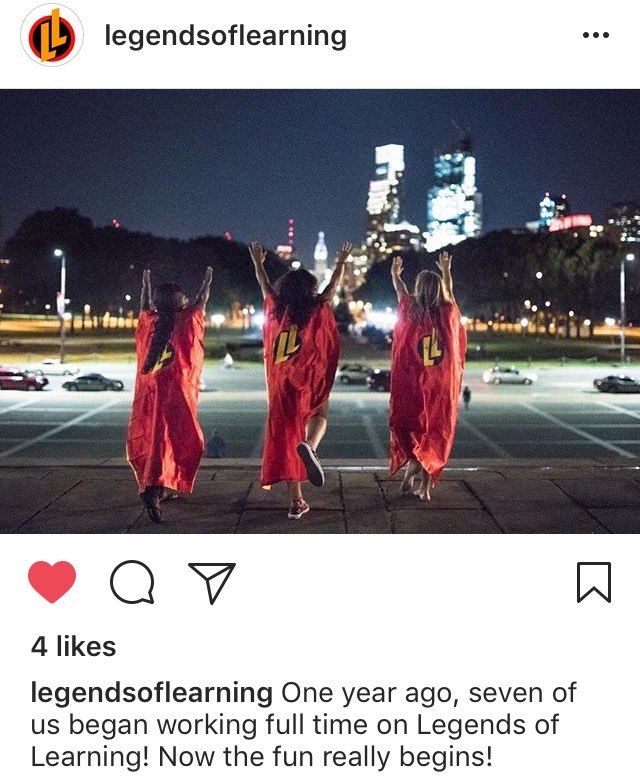
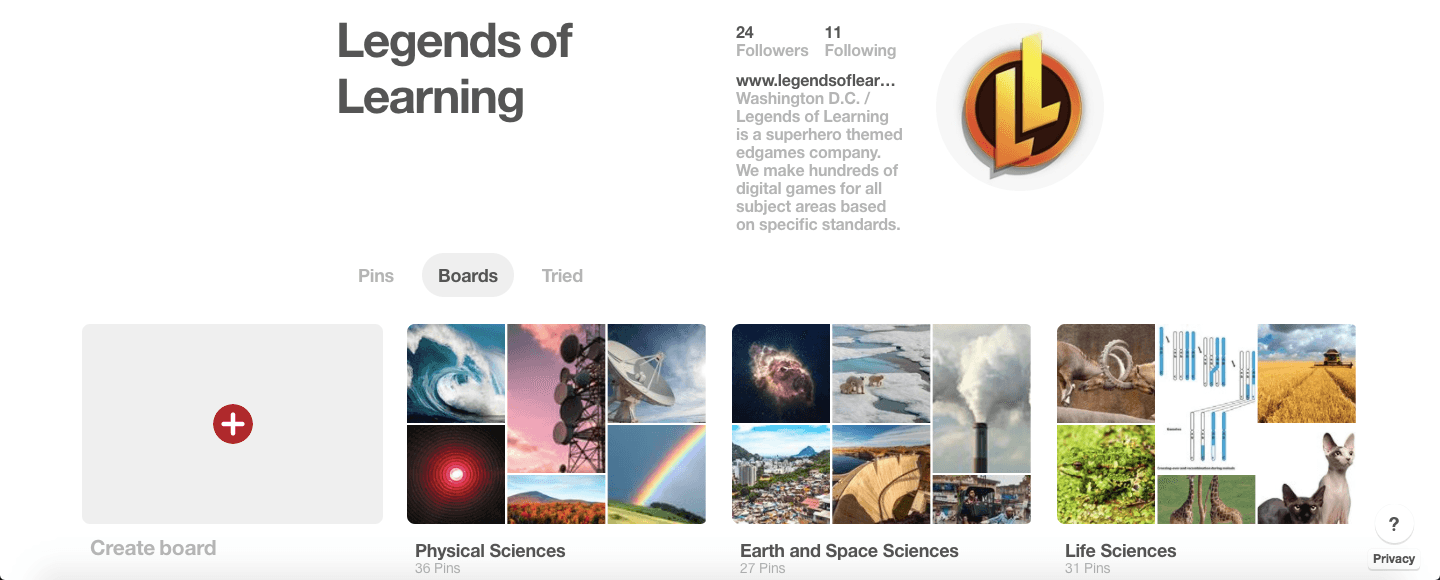
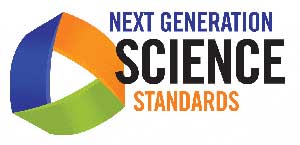 While there is great content built off of the NGSS DCI content system available, there is still a wide range of activities that teachers need to take on. Successful implementation requires a multidimensional approach to teaching to be the norm in every science classroom. This requires
While there is great content built off of the NGSS DCI content system available, there is still a wide range of activities that teachers need to take on. Successful implementation requires a multidimensional approach to teaching to be the norm in every science classroom. This requires 